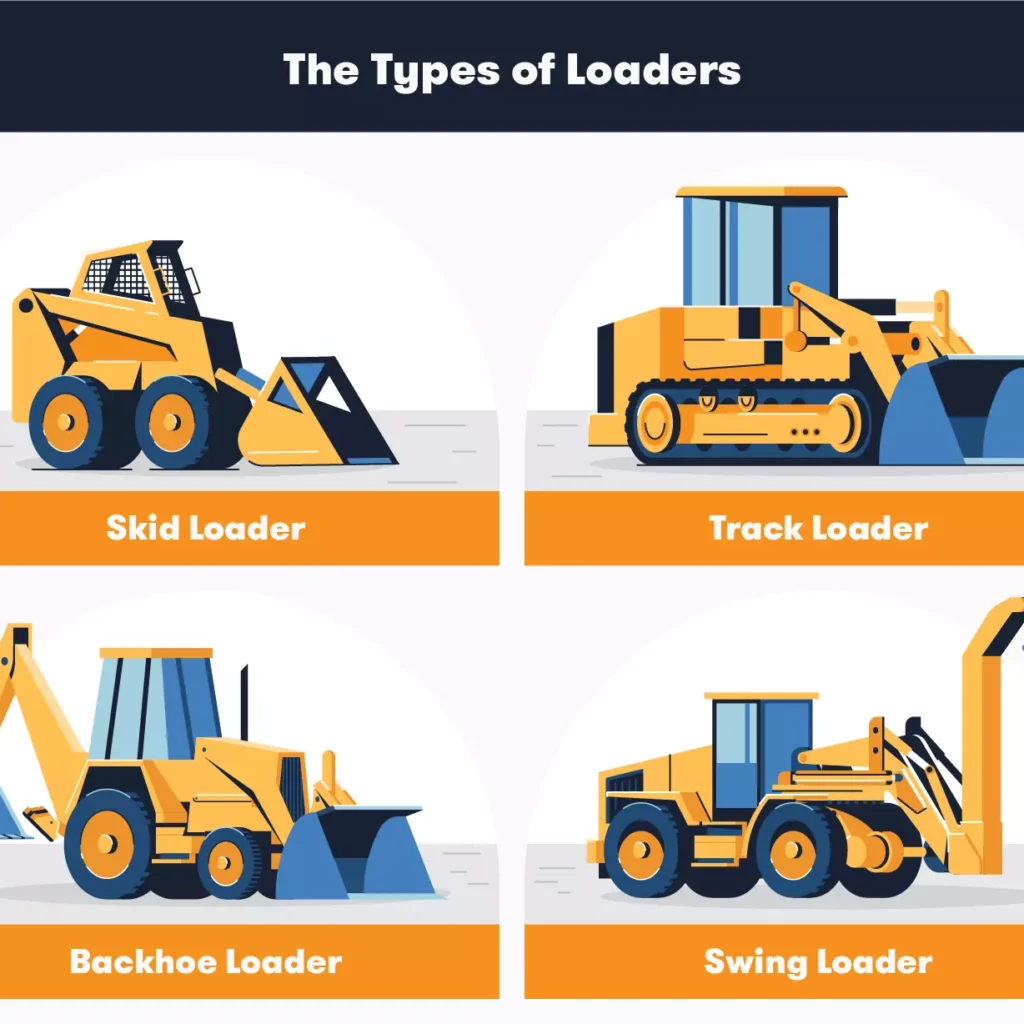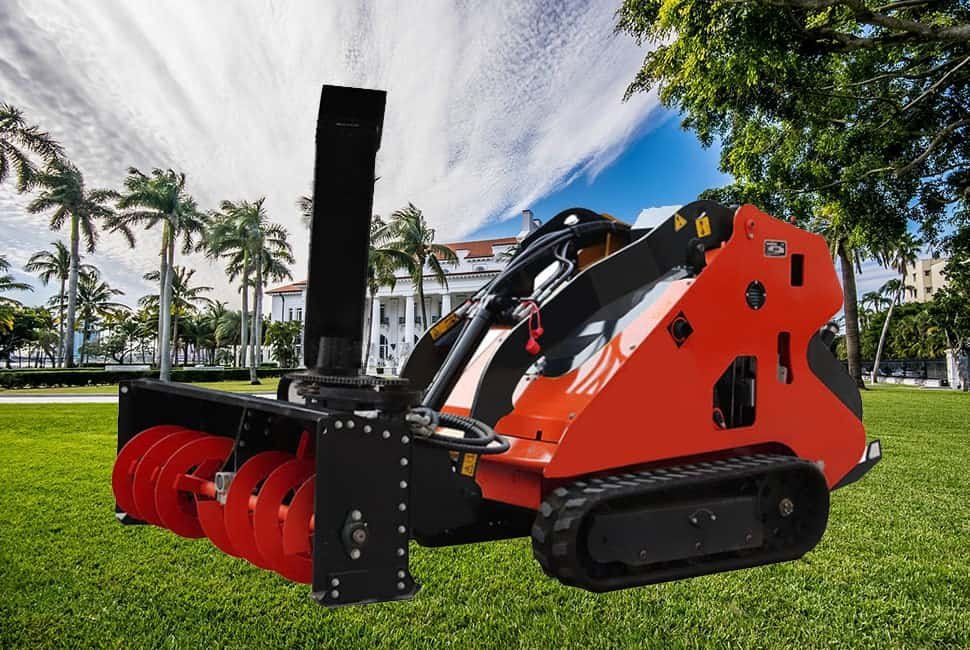Feeling overwhelmed by the array of loader options? With a plethora of choices, selecting the perfect loader for your specific requirements can be daunting. Let’s simplify the process by examining the primary categories of loaders and their distinct characteristics, guiding you towards the most informed decision.
Loaders are versatile machines used for various construction and agricultural tasks. The most common types are wheel loaders, skid steer loaders, crawler loaders, and compact track loaders. Each type has unique features suited for specific applications, which we’ll discuss in detail.
Let’s explore the main types of loaders and the differences between them, so you can determine which one fits your needs best.
What Are Wheel Loaders?
Wheel loaders are a staple in the construction and mining industries. These machines are recognized for their large wheels and their ability to handle a variety of tasks with ease.

Wheel loaders are prized for their speed in moving materials. They are frequently employed to load, lift, and transport materials such as soil, gravel, and sand with efficiency.
Available in a range of sizes and capacities, wheel loaders are versatile enough for both small and large-scale operations. Their compact design and agility make them perfect for tight construction site spaces. For more demanding tasks, such as heavy material handling in quarries or massive construction projects, larger wheel loader models are the go-to choice.
What Are Skid Steer Loaders?
Skid steer loaders are the nimble workhorses of the construction world, designed for tight quarters and precise movements. Their distinctive design allows them to pivot on the spot, within the length of the machine itself, which is a game-changer for control in areas where space is at a premium.
These compact loaders shine in projects that call for finesse and flexibility, like landscaping, demolition, or navigating uneven terrain. They’re the go-to for tasks such as digging, grading, and moving materials with ease and efficiency.
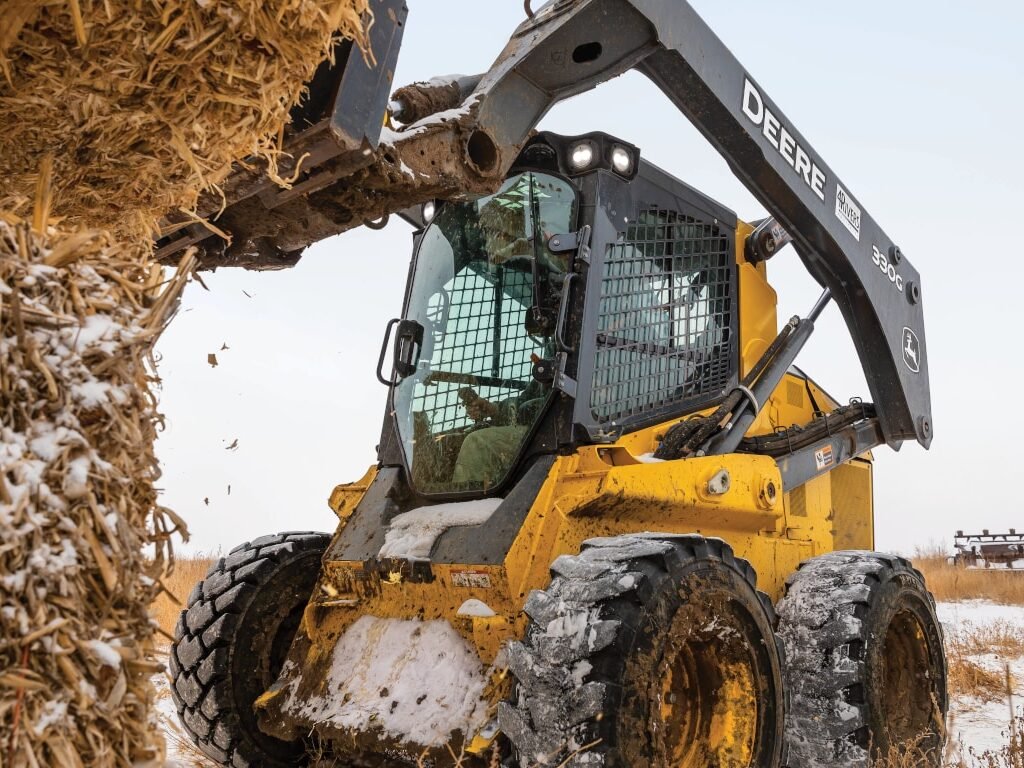
The true magic of skid steer loaders lies in their adaptability. They can be equipped with an array of attachments, from buckets and forks to snowplows, making them a Swiss Army knife of the construction site. Despite their compact stature, these loaders pack a punch, capable of tackling a diverse array of tasks when fitted with the appropriate tools. Their small size is not a limitation but an advantage, especially for jobs that involve navigating around obstacles in confined spaces, such as in residential construction or road repair work.
What Are Crawler Loaders?
Crawler loaders are the embodiment of strength and versatility, blending the robust capabilities of a bulldozer with the practicality of a loader. These machines are equipped with tracks instead of wheels, which grant them superior stability and grip, making them a formidable presence on rough or muddy terrain.
These heavy-duty workhorses are a mainstay on construction sites where the ground is anything but solid. Whether it’s demolition, trenching, or road construction, crawler loaders are the first choice for tasks that demand both power and precision.
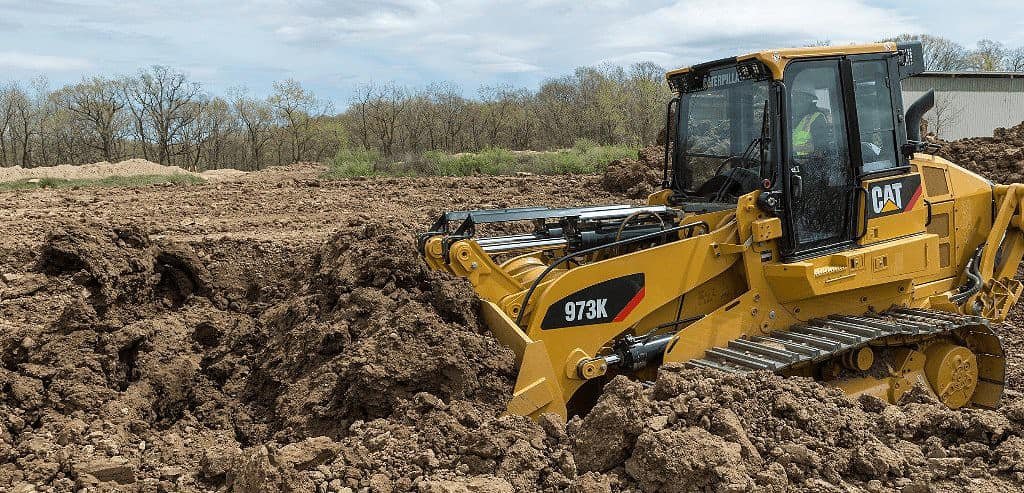
What sets crawler loaders apart is their remarkable ability to haul substantial loads while keeping their balance. They thrive in challenging conditions that would give wheel loaders pause, such as steep inclines or slippery, muddy environments. Their tracks distribute weight more evenly, reducing the pressure on the ground. This feature allows them to operate on soft or loose soil without the risk of sinking, making them indispensable in environments where other loaders might falter.
What Are Compact Track Loaders?
Compact track loaders (CTLs) take the agility of skid steer loaders to the next level by swapping out wheels for tracks. This transformation makes them particularly adept at navigating through muddy or sandy conditions, where their wheeled counterparts might falter.
These multi-talented machines are designed for versatility, boasting a combination of high stability and nimble maneuverability. They are a favorite in landscaping, excavation, and demolition projects, where their compact size and track system allow them to work in tight spaces without compromising on performance.
The secret to their success lies in their tracks, which provide a larger surface area that spreads the machine’s weight more evenly across the ground. This reduces the pressure on the soil, making CTLs more effective in soft or loose terrain than machines with wheels. Their superior performance in muddy or sandy conditions is a clear advantage over wheel loaders, rendering them an excellent choice for work sites with unstable or unpredictable terrain.
What Are the Three Types of Loaders?
In the construction industry, the term “loaders” typically encompasses three primary types: wheel loaders, skid steer loaders, and crawler loaders. Each of these workhorses is tailored to meet specific operational demands.
These three categories dominate the loader market, each with its own strengths. Wheel loaders are renowned for their swiftness and mobility, skid steer loaders shine in confined quarters, and crawler loaders are designed to conquer rough terrain.
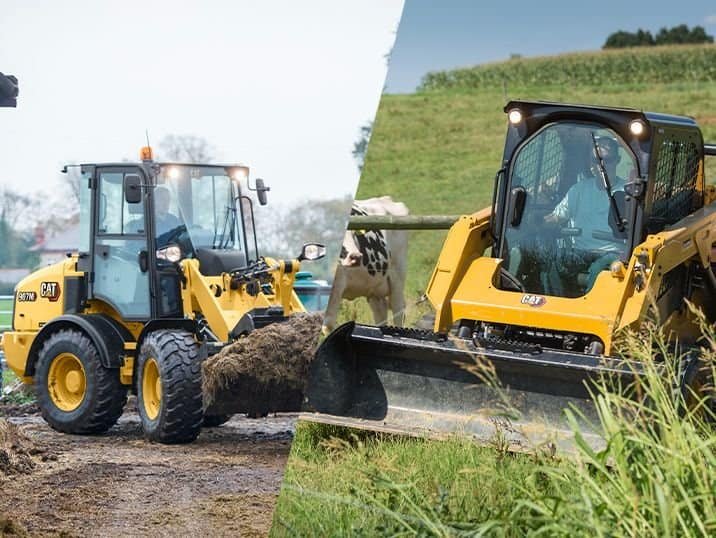
Grasping the nuances of these three types is crucial for selecting the right equipment. It allows you to make informed decisions based on the terrain, the scale of the job, and the required maneuverability. For example, wheel loaders are ideal for vast, open areas where speed and mobility are key. Skid steer loaders, with their compact size and agility, are perfect for smaller, more confined spaces. Conversely, crawler loaders are indispensable when the terrain is uneven or muddy, providing the stability and traction needed to get the job done.
What Is a Front-End Loader Called?
A front-end loader, also affectionately known by various monikers such as wheel loader, bucket loader, or scoop loader, is a versatile piece of equipment that’s a familiar sight on construction sites.
The “front-end loader” is so named for its most distinctive feature: a sizable bucket situated at the front of the machine. This bucket is the workhorse of the device, used for a multitude of tasks including digging, lifting, and moving materials with ease.
Though the terms are often used interchangeably, “front-end loader” paints a more vivid picture of the machine’s design. It highlights the bucket’s position at the front of the vehicle, distinguishing it from other loader types like skid steer loaders or compact track loaders. The name emphasizes the bucket’s prominence, which is not just a feature but the central tool that defines the loader’s functionality.
What Are the Categories of Wheel Loaders?
Wheel loaders come in a spectrum of sizes and capabilities, each tailored to specific tasks and environments.
They are typically classified into small, medium, and large categories. The smaller wheel loaders are perfect for navigating tight spaces and tackling lighter duties, while the larger models are designed to take on the heavy lifting in construction or mining operations.
The size and category of a wheel loader are crucial factors in determining its fit for a particular job. Smaller models are adept at material handling and loading in areas where space is limited, showcasing their versatility in urban construction or landscaping. On the other hand, larger models are the powerhouses built for more demanding tasks such as earth-moving, quarrying, and mining, where their robustness and load capacity are essential. Gaining an understanding of these categories is key to selecting the most appropriate machine for the unique demands of your project.
What Are Small Loaders Called?
Smaller loaders, affectionately dubbed as mini-loaders or compact loaders, are the nimble helpers of the construction world, providing the perfect blend of agility and efficiency for more modest tasks.
These mini or compact loaders come into their own in settings where space is at a premium or where the need for heavy lifting is minimal. They are a common sight in landscaping projects, digging operations, and light construction tasks that require precision over brute force.
What sets these small loaders apart is their versatility, which mirrors that of skid steer loaders but in a more compact form. This makes them an excellent choice for navigating the tight turns of residential areas or crowded job sites. Their compact design also means they are easier to transport and maneuver within smaller worksites, adding to their appeal for tasks that require a lighter touch.
What Is a Good Size Front Loader?
Selecting the appropriate size of a front loader is a critical decision that hinges on the specifics of your project. Elements such as the type of material you’ll be handling, the nature of the terrain, and the scale of the work all weigh heavily in this choice.
Selecting the appropriate size of a front loader is a critical decision that hinges on the specifics of your project. Elements such as the type of material you’ll be handling, the nature of the terrain, and the scale of the work all weigh heavily in this choice.
For smaller-scale residential or landscaping tasks, a compact front loader often fits the bill, offering just the right amount of power and maneuverability for these scenarios. However, when it comes to larger construction projects that demand moving substantial weight, a more robust, industrial-sized machine is the way to go. This ensures not only a higher level of efficiency but also a safer working environment, as the machine is better suited to handle the demands of the job at hand. Making the right choice in size is essential for optimizing both the performance and safety of your operations.
What Is the Difference Between a Loader and a Front-End Loader?
A “loader” is a broad term that encompasses a variety of machines designed to shift and transport materials. However, when we talk about a “front-end loader,” we’re homing in on a specific type of loader that features a bucket at the front, which is its most distinguishing feature.

Not every loader is a front-end loader, but every front-end loader is indeed a loader. The key difference between them is where the bucket is situated and the specific tasks each machine is tailored to perform.
Grasp this distinction, and you’re one step closer to selecting the perfect loader for your project. Front-end loaders stand out for their versatility in material handling, offering a range of capabilities that may surpass those of other loader types, such as backhoe loaders. This makes them a popular choice for a wide array of jobs, from construction sites to landscaping projects.
Summary
Understanding the different types of loaders—wheel loaders, skid steer loaders, crawler loaders, and compact track loaders—helps ensure you select the best machine for your specific construction or agricultural needs.

